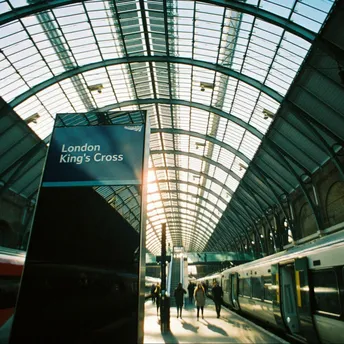Rome will introduce a ticketing system to control the flow of tourists to major tourist destinations

Rome plans to implement a new ticketing system for visitors of the iconic Trevi Fountain to manage overcrowding and promote responsible tourism. A modest fee of 1 euro could be applied to tourists, while local residents will maintain free entry. This measure is aimed at regulating visitor numbers, not at generating revenue, ensuring the preservation of the historic site. In November, maintenance work will begin, during which a glass platform will be installed to allow continued viewing of the fountain.
Italy has previously experimented with similar crowd control strategies at other attractions. Venice, for instance, introduced a 5-euro fee for day visitors during peak seasons to mitigate congestion. If this system proves effective in Rome, it could be adopted by other cultural landmarks across the country.
For those planning a visit to the Trevi Fountain, the new ticket system could lead to shorter lines and a more enjoyable experience, much like other iconic sites in Rome. The Colosseum, one of the city's key attractions, offers visitors a chance to explore its ancient corridors where gladiatorial battles once took place. Nearby, the Roman Forum and Palatine Hill provide additional insights into the grandeur of the Roman Empire, making these landmarks essential stops on any trip to the Eternal City. Together, these historic sites offer a rich and immersive experience for tourists exploring Rome.
For those planning to explore other notable landmarks in Rome, the Pantheon and Piazza Navona are worth visiting. The Pantheon, one of the best-preserved ancient structures, impresses with its massive dome and unique architecture. Piazza Navona, known for its Baroque fountains and historic buildings, is a popular spot for strolling and relaxation. These landmarks, along with many others in Rome, offer a deep dive into the city's centuries-old history, providing unforgettable experiences for tourists.
The decision to introduce a ticket system for one of Rome's most famous landmarks reflects a growing global trend toward more controlled tourism. Cities around the world are beginning to implement similar strategies at crowded tourist hotspots to prevent damage and overuse. The outcome of this initiative could influence how other destinations approach the challenge of balancing tourism and heritage conservation.
For travelers, these changes mean it will be important to plan ahead when visiting major attractions. Ensuring a smooth and stress-free visit will now require more thoughtful preparation, especially with the introduction of timed tickets. Ultimately, this shift aims to protect these iconic sites while enhancing the overall visitor experience.



















